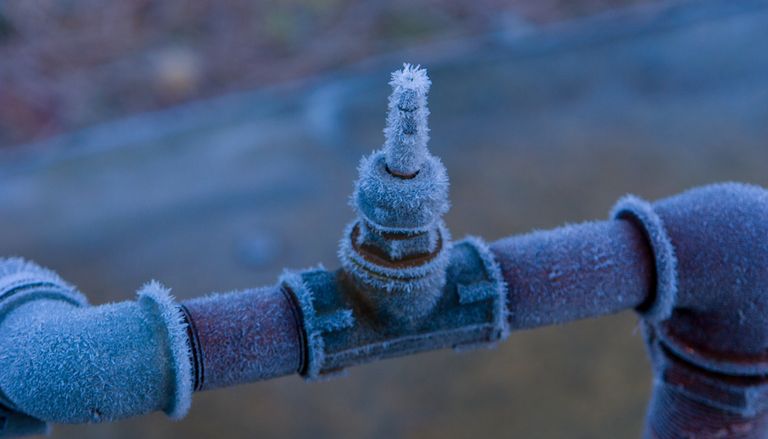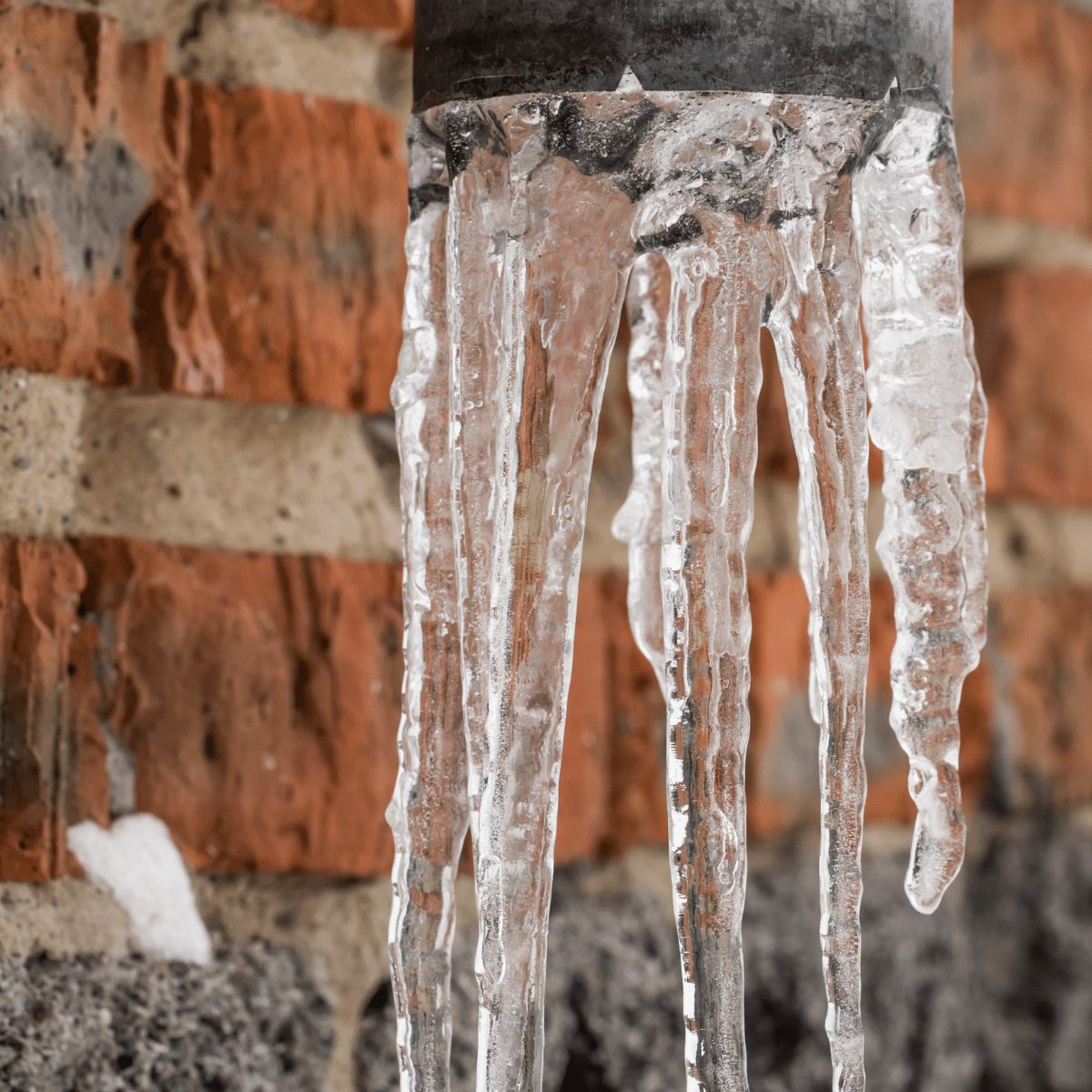We've stumbled on the article on How to prepare your home plumbing for winter weather down the page on the net and felt it made good sense to write about it with you here.

Cold weather can ruin your pipes, especially by freezing pipelines. Right here's exactly how to avoid it from taking place and what to do if it does.
Intro
As temperature levels decline, the risk of frozen pipes boosts, potentially causing expensive repairs and water damage. Recognizing exactly how to avoid frozen pipes is essential for property owners in cool environments.
Avoidance Tips
Protecting at risk pipes
Wrap pipes in insulation sleeves or use warmth tape to shield them from freezing temperature levels. Focus on pipes in unheated or exterior areas of the home.
Heating methods
Maintain interior rooms sufficiently heated, specifically areas with pipes. Open closet doors to permit warm air to flow around pipelines under sinks.
Just how to identify icy pipes
Try to find decreased water flow from faucets, unusual smells or noises from pipes, and noticeable frost on exposed pipes.
Long-Term Solutions
Architectural changes
Take into consideration rerouting pipes away from outside walls or unheated locations. Include extra insulation to attic rooms, cellars, and crawl spaces.
Updating insulation
Buy premium insulation for pipes, attics, and walls. Correct insulation aids keep constant temperature levels and reduces the risk of icy pipelines.
Shielding Exterior Pipes
Yard hose pipes and exterior taps
Separate and drain garden hose pipes before winter months. Install frost-proof spigots or cover exterior faucets with protected caps.
Recognizing Frozen Pipelines
What triggers pipes to freeze?
Pipelines freeze when subjected to temperatures listed below 32 ° F (0 ° C) for extended periods. As water inside the pipelines ices up, it broadens, putting pressure on the pipe wall surfaces and possibly causing them to burst.
Dangers and damages
Frozen pipes can bring about water interruptions, home damage, and costly fixings. Ruptured pipes can flooding homes and create comprehensive architectural damages.
Indications of Frozen Piping
Identifying frozen pipes early can stop them from breaking.
What to Do If Your Pipes Freeze
Immediate activities to take
If you suspect frozen pipes, keep taps open up to eliminate pressure as the ice thaws. Use a hairdryer or towels taken in hot water to thaw pipelines slowly.
Conclusion
Stopping icy pipes needs positive actions and quick feedbacks. By comprehending the reasons, signs, and preventive measures, homeowners can shield their pipes throughout cold weather.
5 Ways to Prevent Frozen Pipes
Drain Outdoor Faucets and Disconnect Hoses
First, close the shut-off valve that controls the flow of water in the pipe to your outdoor faucet. Then, head outside to disconnect and drain your hose and open the outdoor faucet to allow the water to completely drain out of the line. Turn off the faucet when done. Finally, head back to the shut-off valve and drain the remaining water inside the pipe into a bucket or container. Additionally, if you have a home irrigation system, you should consider hiring an expert to clear the system of water each year.
Insulate Pipes
One of the best and most cost-effective methods for preventing frozen water pipes is to wrap your pipes with insulation. This is especially important for areas in your home that aren’t exposed to heat, such as an attic. We suggest using foam sleeves, which can typically be found at your local hardware store.
Keep Heat Running at 65
Your pipes are located inside your walls, and the temperature there is much colder than the rest of the house. To prevent your pipes from freezing, The Insurance Information Institute suggests that you keep your home heated to at least 65 degrees, even when traveling. You may want to invest in smart devices that can keep an eye on the temperature in your home while you’re away.
Leave Water Dripping
Moving water — even a small trickle — can prevent ice from forming inside your pipes. When freezing temps are imminent, start a drip of water from all faucets that serve exposed pipes. Leaving a few faucets running will also help relieve pressure inside the pipes and help prevent a rupture if the water inside freezes.
Open Cupboard Doors
Warm your kitchen and bathroom pipes by opening cupboards and vanities. You should also leave your interior doors ajar to help warm air circulate evenly throughout your home.

I came across that write up on How to Prevent Your Pipes From Freezing when doing a lookup on the web. Appreciated our review? Please share it. Help another person locate it. Bless you for your time. Return soon.
Get A Free Estimate